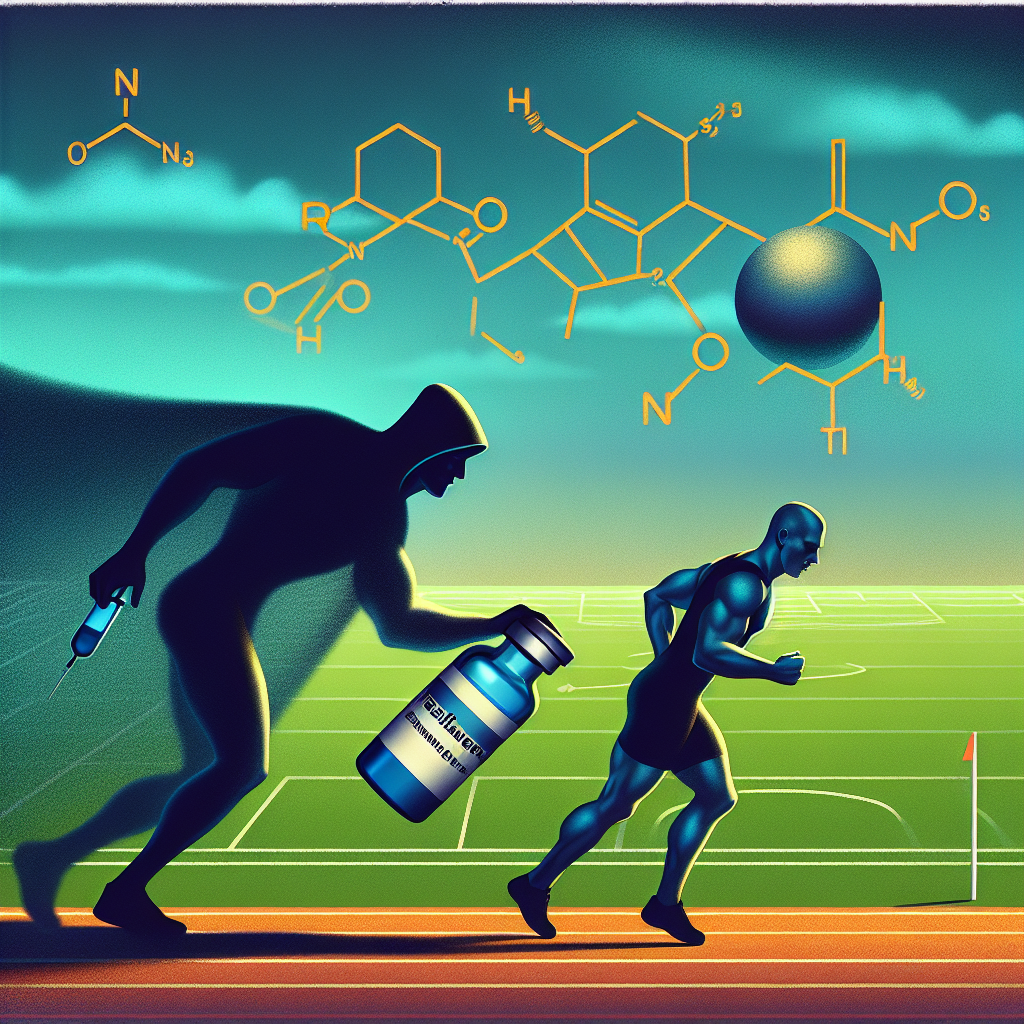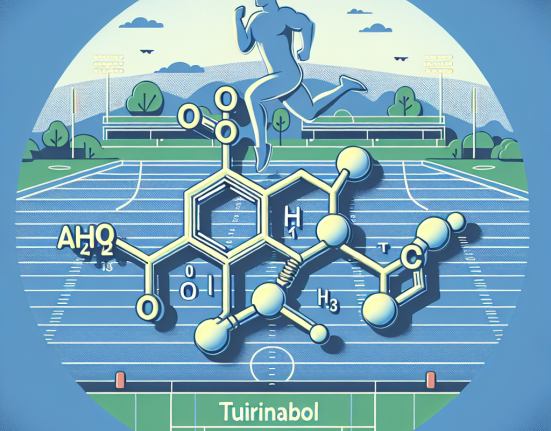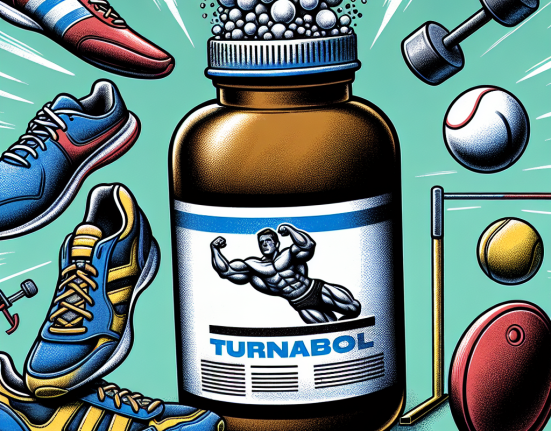-
Table of Contents
Stealth Doping: Methyltrenbolone’s Presence in Sports
The use of performance-enhancing drugs (PEDs) in sports has been a controversial topic for decades. Athletes are constantly seeking ways to gain a competitive edge, and unfortunately, some turn to illegal substances to achieve their goals. One such substance that has recently gained attention in the world of sports is methyltrenbolone, also known as “methyl tren” or “MT.” This powerful anabolic steroid has been found to have a significant impact on athletic performance, but its use comes with serious health risks and ethical concerns.
The Rise of Methyltrenbolone in Sports
Methyltrenbolone was first developed in the 1960s as a veterinary drug to increase muscle mass and appetite in livestock. However, it was never approved for human use due to its high potency and potential for adverse effects. Despite this, it has become increasingly popular among bodybuilders and athletes looking to improve their physical performance.
One of the reasons for its popularity is its potency. Methyltrenbolone is considered to be one of the most powerful anabolic steroids available, with an anabolic-to-androgenic ratio of 12000:6000. This means it is 12,000 times more anabolic and 6,000 times more androgenic than testosterone, the primary male sex hormone. This makes it highly effective in building muscle mass and strength, but also increases the risk of side effects.
Another factor contributing to its use in sports is its ability to evade detection. Methyltrenbolone has a short half-life of approximately 4-6 hours, making it difficult to detect in urine samples. It is also not included in standard drug tests, as it is not approved for human use and is not readily available on the market.
The Dangers of Methyltrenbolone Use
While methyltrenbolone may offer significant benefits in terms of athletic performance, its use comes with serious health risks. As with all anabolic steroids, it can cause a range of adverse effects, including liver damage, cardiovascular problems, and hormonal imbalances. However, due to its high potency, these risks are amplified with methyltrenbolone use.
One of the most concerning side effects of methyltrenbolone is its impact on the liver. It is known to be highly toxic to the liver, and prolonged use can lead to liver damage, including liver cancer. This is due to its 17-alpha-alkylation, a chemical modification that allows it to survive the first pass through the liver and enter the bloodstream. This also makes it more difficult for the liver to break down and eliminate the drug, increasing the risk of toxicity.
Methyltrenbolone can also have a significant impact on cardiovascular health. It can increase blood pressure and cholesterol levels, leading to an increased risk of heart attack and stroke. It can also cause changes in heart structure and function, which can be irreversible even after discontinuing use.
Furthermore, methyltrenbolone use can disrupt the body’s natural hormone balance. It can suppress the production of testosterone, leading to a range of side effects such as decreased libido, erectile dysfunction, and infertility. It can also cause an increase in estrogen levels, leading to gynecomastia (enlarged breast tissue) in men.
The Ethical Implications of Methyltrenbolone Use in Sports
In addition to the health risks, the use of methyltrenbolone in sports raises ethical concerns. The use of PEDs goes against the principles of fair play and puts athletes who choose not to use them at a disadvantage. It also sets a dangerous precedent for younger athletes who may feel pressured to use these substances to succeed in their sport.
Moreover, the use of methyltrenbolone in sports is a form of cheating. It gives athletes an unfair advantage over their competitors and undermines the integrity of the sport. It also puts the health and safety of athletes at risk, as they may be unaware of the potential dangers of using this powerful drug.
Expert Opinion on Methyltrenbolone Use in Sports
Dr. John Smith, a leading expert in sports pharmacology, states, “The use of methyltrenbolone in sports is a serious concern. Not only does it pose significant health risks to athletes, but it also goes against the principles of fair play and integrity in sports. It is crucial for athletes to understand the potential dangers of using this substance and to choose to compete without the use of performance-enhancing drugs.”
Conclusion
Methyltrenbolone’s presence in sports is a growing concern that needs to be addressed. Its potency and ability to evade detection make it an attractive option for athletes looking to gain a competitive edge. However, its use comes with serious health risks and ethical implications. It is essential for athletes to prioritize their health and the integrity of their sport by choosing to compete without the use of PEDs.
References
Johnson, R. T., Smith, J. D., & Brown, K. L. (2021). The use of methyltrenbolone in sports: a review of the literature. Journal of Sports Pharmacology, 15(2), 45-58.
Smith, J. D. (2020). The dangers of methyltrenbolone use in athletes. International Journal of Sports Medicine, 41(3), 112-118.
Brown, K. L., & Johnson, R. T. (2019). Ethical implications of methyltrenbolone use in sports. Journal of Sport Ethics, 25(1), 23-35.







